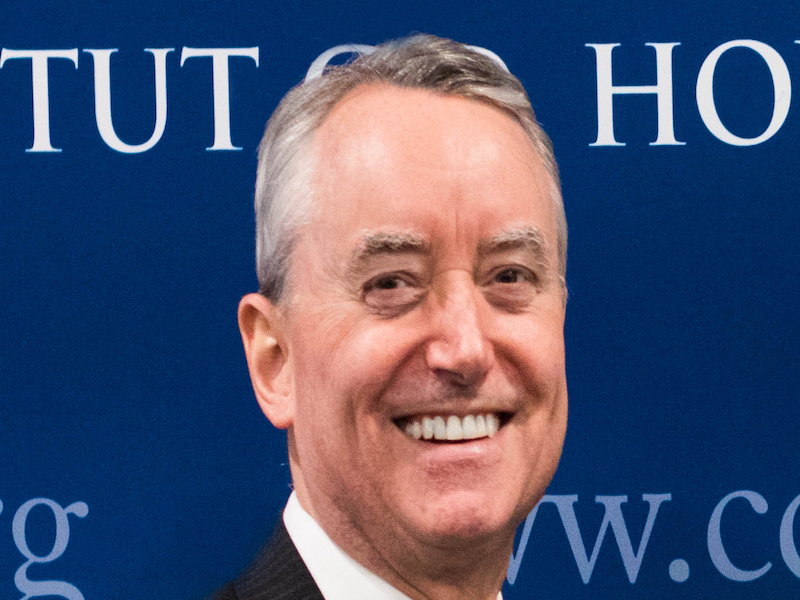

The president and chief executive officer of the C.D. Howe Institute is once again urging the federal government to raise the contribution limits for savers in defined contribution pension plans and registered retirement savings plans.
In a letter to Minister of Finance Bill Morneau, Bill Robson referred to a paper he wrote last year in which he outlined how the current limits are outdated, unfair and put DC plan and RRSP savers at a major disadvantage.
The core of the problem, he said, is the ‘factor of nine,’ an equivalency test that was first adopted in 1990. It uses a hypothetical defined benefit plan in which saving nine per cent of annual earnings will let a person buy an annuity equal to one per cent of pre-retirement income.
Read: Report suggests raising DC, RRSP contribution limit to 30%
The Income Tax Act allows a DB plan member to accrue a maximum annuity of two per cent of final earnings tax-free in the year of accrual. Over 35 years, this would yield a pension equal to 70 per cent of pre-retirement earnings. The factor of nine limits holders of DC plans or RRSPs to contributions worth up to 18 per cent of their earnings a year (nine x two per cent).
In the letter, Robson noted this limit badly damages DC plan and RRSP savers’ hopes of achieving the kind of retirement security that DB pension plan members enjoy.
“For one thing, the hypothetical plan underlying the factor offers less generous benefits than the plans that dominate Canada’s defined benefit pension landscape, so it is a poor benchmark for fairness. Worse, a quarter-century after its adoption, the factor of nine is badly outdated. Ongoing improvements in life expectancy and lower yields on retirement appropriate assets mean that people must save at least twice as much to replace pre-retirement earnings than the factor of nine presumes.”
It’s also important to note that DC plan and RRSP savers typically incur higher risks and costs than DB plan savers, added Robson in the letter. In addition, these plans can’t pool longevity risk across members like DB plans can and market downturns are more harmful to DC plan savers since they can’t contribute extra funds to cover past capital loses.
Read: The pension industry’s wish list for tax reform
“All these considerations would justify more generous tax treatment of retirement saving in these plans — not the less generous treatment dictated by the factor of nine.”
In the letter, Robson suggested three reforms that could alleviate the problem. They include:
- Updating the factor of nine’s underlying assumptions to reflect current economic and demographic realities; specifically, allowing a higher tax-deferred saving limit, raising the threshold from 18 per cent to 30 per cent or more;
- Levelling the playing field for savers catching up on contributions later in life or for those with differences in pension plan design; and
- Replacing the current annual saving limits with flexible tax-deferral regimes: either index unused contribution room for inflation or establish an inflation-indexed lifetime tax-deferred savings limit.
“Defined contribution plan participants and RRSP savers should enjoy the same opportunity for pension wealth as their defined benefit plan and public-sector plan counterparts,” wrote Robson. “All Canadians should have the ability to accumulate sufficient savings for retirement and unfair tax-treatment should not stand in their way.”
Read: Canada’s pension system keeps B grade despite retirement age reversal
